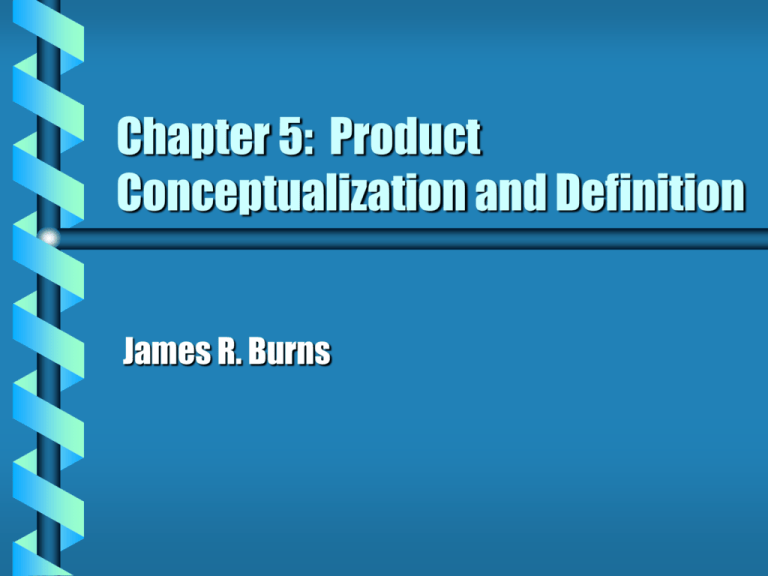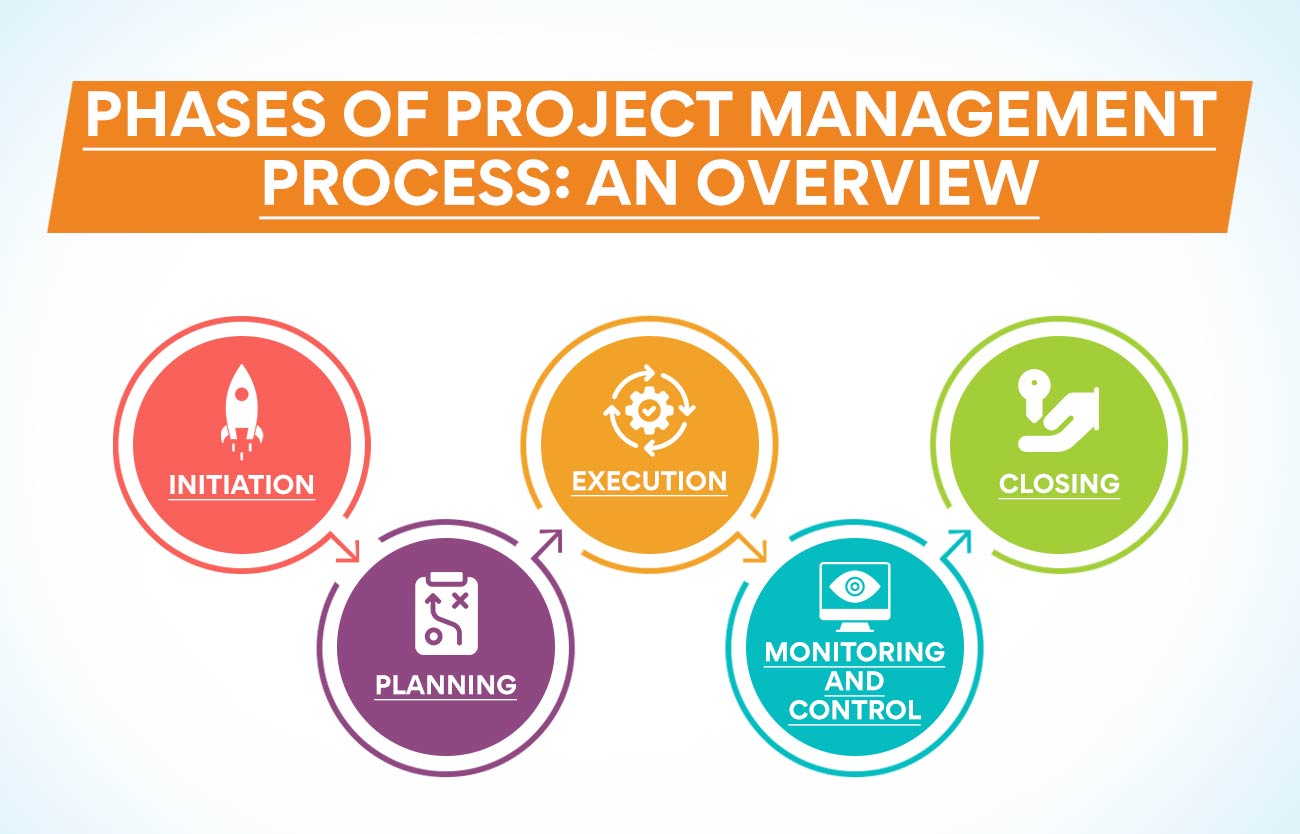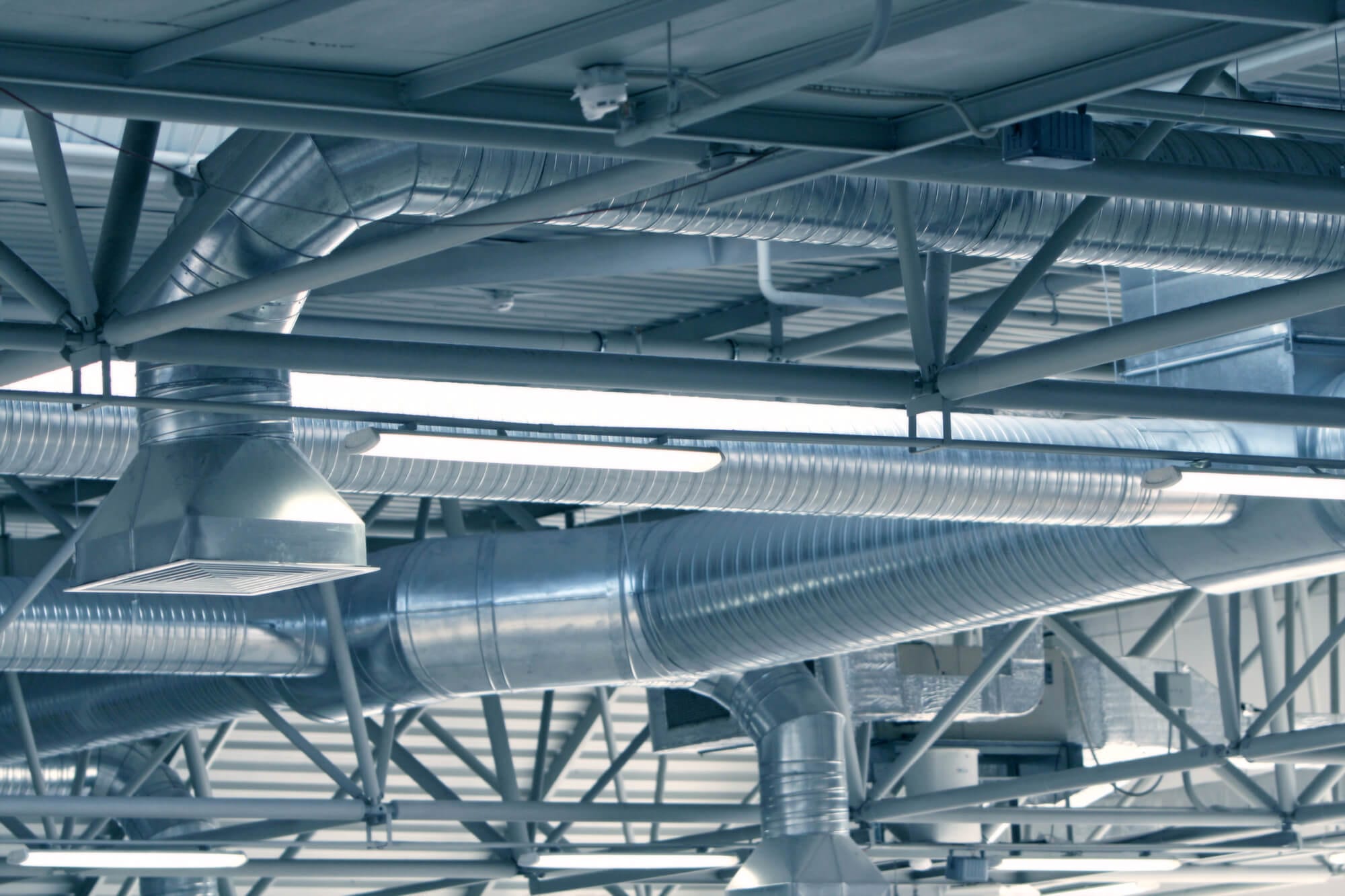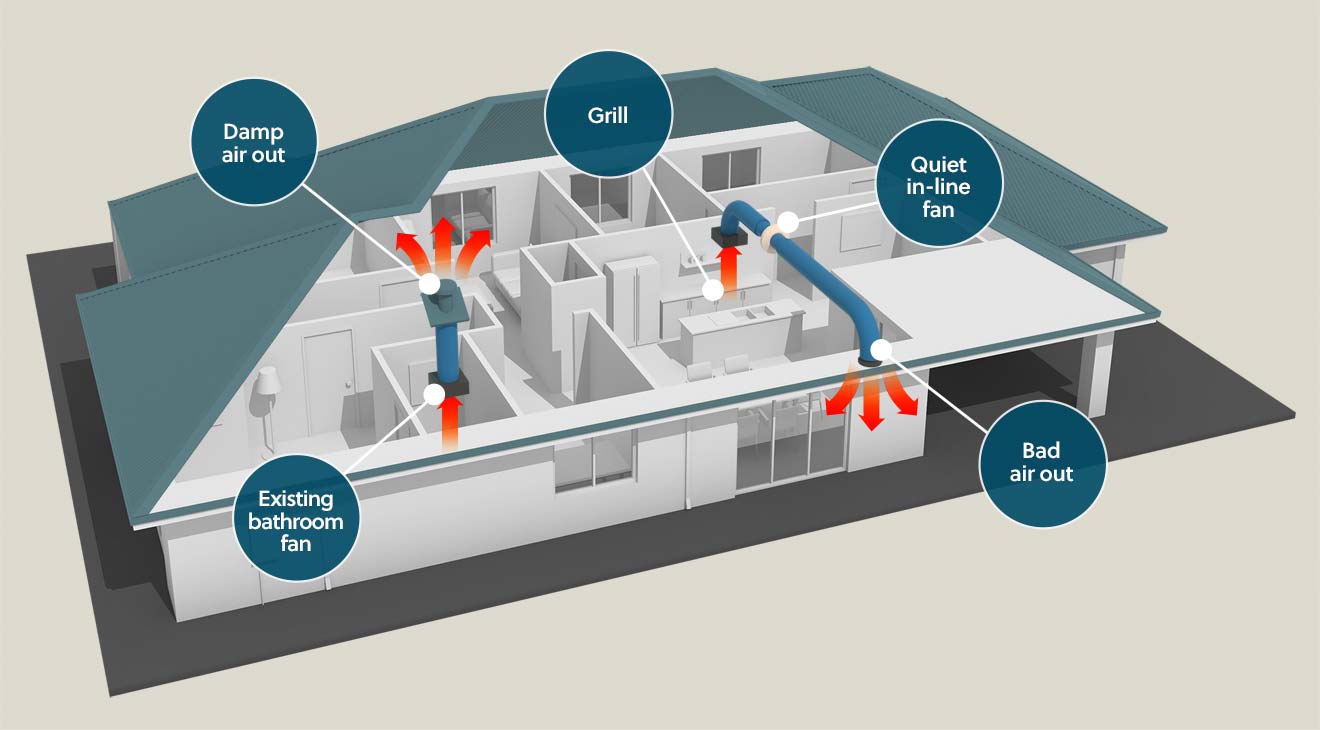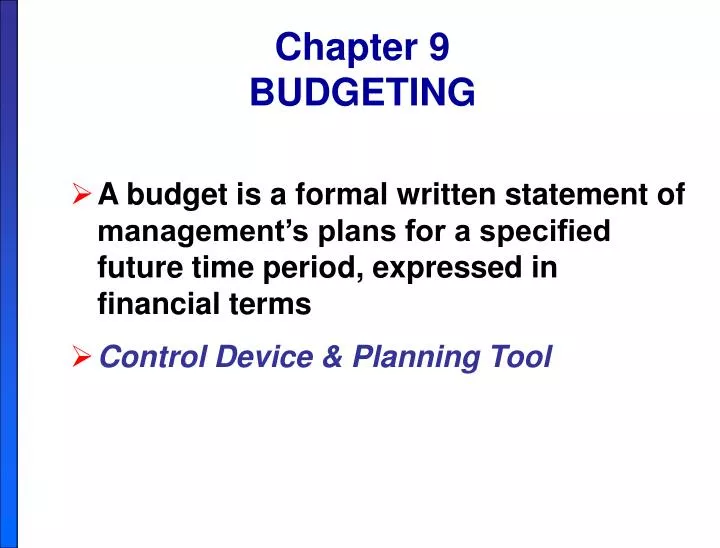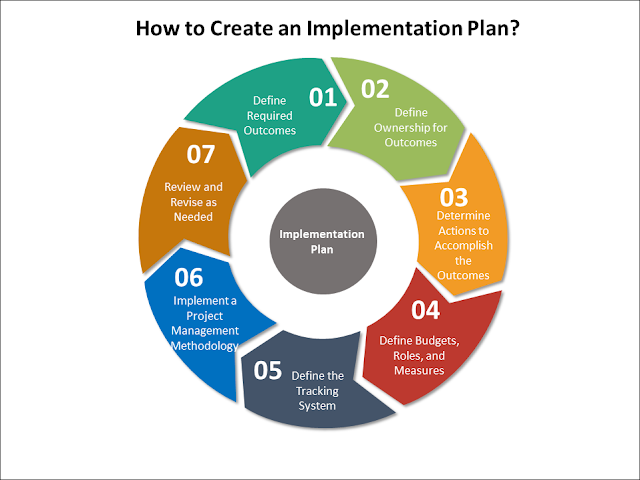1. Planning and Conceptualization
The first step in the commercial kitchen design process is planning and conceptualization. This involves understanding the needs and goals of the business and creating a vision for the kitchen. It is important to consider factors such as menu items, production volume, and desired kitchen flow in this stage. This will serve as the foundation for the rest of the design process.
2. Space and Layout Design
The next step is to determine the best use of space in the kitchen. This includes creating a layout that maximizes efficiency and productivity. The placement of different work stations, storage areas, and equipment should be carefully considered to ensure a smooth workflow. The size and shape of the kitchen will also play a role in this stage.
3. Equipment Selection and Specification
Choosing the right equipment is crucial for a successful commercial kitchen design. This involves selecting equipment that is appropriate for the menu items and production volume of the business. It is important to consider factors such as energy efficiency, durability, and maintenance requirements when making equipment selections. Specifications for each piece of equipment should also be determined at this stage.
4. Plumbing and Electrical Design
Plumbing and electrical design are essential components of a commercial kitchen. This includes determining the location of sinks, dishwashers, and other water sources, as well as electrical outlets and wiring for equipment. It is important to ensure that all plumbing and electrical work is up to code and meets safety standards.
5. Ventilation and Exhaust System Design
A properly designed ventilation and exhaust system is crucial for the safety and functionality of a commercial kitchen. This includes determining the placement of hood systems, fans, and ductwork to effectively remove heat, grease, and odors from the kitchen. It is important to comply with local regulations and fire codes when designing the ventilation system.
6. Flooring and Wall Finishes
Choosing the right flooring and wall finishes is important for maintaining a clean and safe commercial kitchen. These surfaces should be durable, slip-resistant, and easy to clean. Common options include non-slip tile, epoxy flooring, and stainless steel walls. It is important to consider the amount of foot traffic and potential spills in the kitchen when selecting these finishes.
7. Lighting Design
Proper lighting is essential for a safe and functional commercial kitchen. This includes a combination of task lighting for work areas and ambient lighting for the overall space. Lighting should be bright enough to ensure safety and visibility, but not too harsh or distracting for kitchen staff. Energy-efficient lighting options should also be considered to reduce operating costs.
8. Safety and Sanitation Considerations
When designing a commercial kitchen, safety and sanitation should be top priorities. This includes incorporating features such as non-slip flooring, handwashing stations, and separate areas for food prep and storage. It is also important to follow health codes and regulations to ensure a clean and sanitary environment for food preparation.
9. Budgeting and Cost Analysis
As with any project, budgeting and cost analysis are important steps in the commercial kitchen design process. It is crucial to determine the costs of equipment, materials, and labor before starting the project. This will help to avoid unexpected expenses and ensure that the design stays within budget.
10. Project Management and Implementation
The final step in the commercial kitchen design process is project management and implementation. This involves overseeing the construction and installation of all components and ensuring that the design is executed according to plan. A project manager should also coordinate with contractors, vendors, and kitchen staff to ensure a smooth and timely completion of the project.
In conclusion, the commercial kitchen design process is a complex and multi-step process that requires careful planning, attention to detail, and collaboration between various professionals. By following these 10 steps, businesses can create a functional and efficient kitchen that meets their needs and helps to drive success in the food industry.
Factors to Consider in the Commercial Kitchen Design Process

Efficiency is Key
 One of the most important factors to consider in the commercial kitchen design process is efficiency. A well-designed kitchen can greatly improve the workflow and productivity of your staff, leading to faster service, higher customer satisfaction, and ultimately, increased profits.
Proper placement of equipment, workstations, and storage areas is essential in creating a smooth and efficient kitchen layout.
This involves considering the flow of food preparation, cooking, and plating, as well as the movement of staff within the kitchen.
Efficiency should also be reflected in the design of the kitchen equipment itself, with features such as quick cooling and heating times, easy cleaning, and energy-saving capabilities.
One of the most important factors to consider in the commercial kitchen design process is efficiency. A well-designed kitchen can greatly improve the workflow and productivity of your staff, leading to faster service, higher customer satisfaction, and ultimately, increased profits.
Proper placement of equipment, workstations, and storage areas is essential in creating a smooth and efficient kitchen layout.
This involves considering the flow of food preparation, cooking, and plating, as well as the movement of staff within the kitchen.
Efficiency should also be reflected in the design of the kitchen equipment itself, with features such as quick cooling and heating times, easy cleaning, and energy-saving capabilities.
Compliance with Regulations
 In addition to efficiency, compliance with regulations is a crucial aspect of the commercial kitchen design process.
Food safety regulations, building codes, and fire safety standards must be considered and met when designing a commercial kitchen.
Failure to comply with these regulations can result in fines, shutdowns, or even legal action. It is important to work closely with a professional designer or architect who is knowledgeable about these regulations and can ensure that your kitchen design meets all necessary requirements.
In addition to efficiency, compliance with regulations is a crucial aspect of the commercial kitchen design process.
Food safety regulations, building codes, and fire safety standards must be considered and met when designing a commercial kitchen.
Failure to comply with these regulations can result in fines, shutdowns, or even legal action. It is important to work closely with a professional designer or architect who is knowledgeable about these regulations and can ensure that your kitchen design meets all necessary requirements.
Flexibility for Future Growth
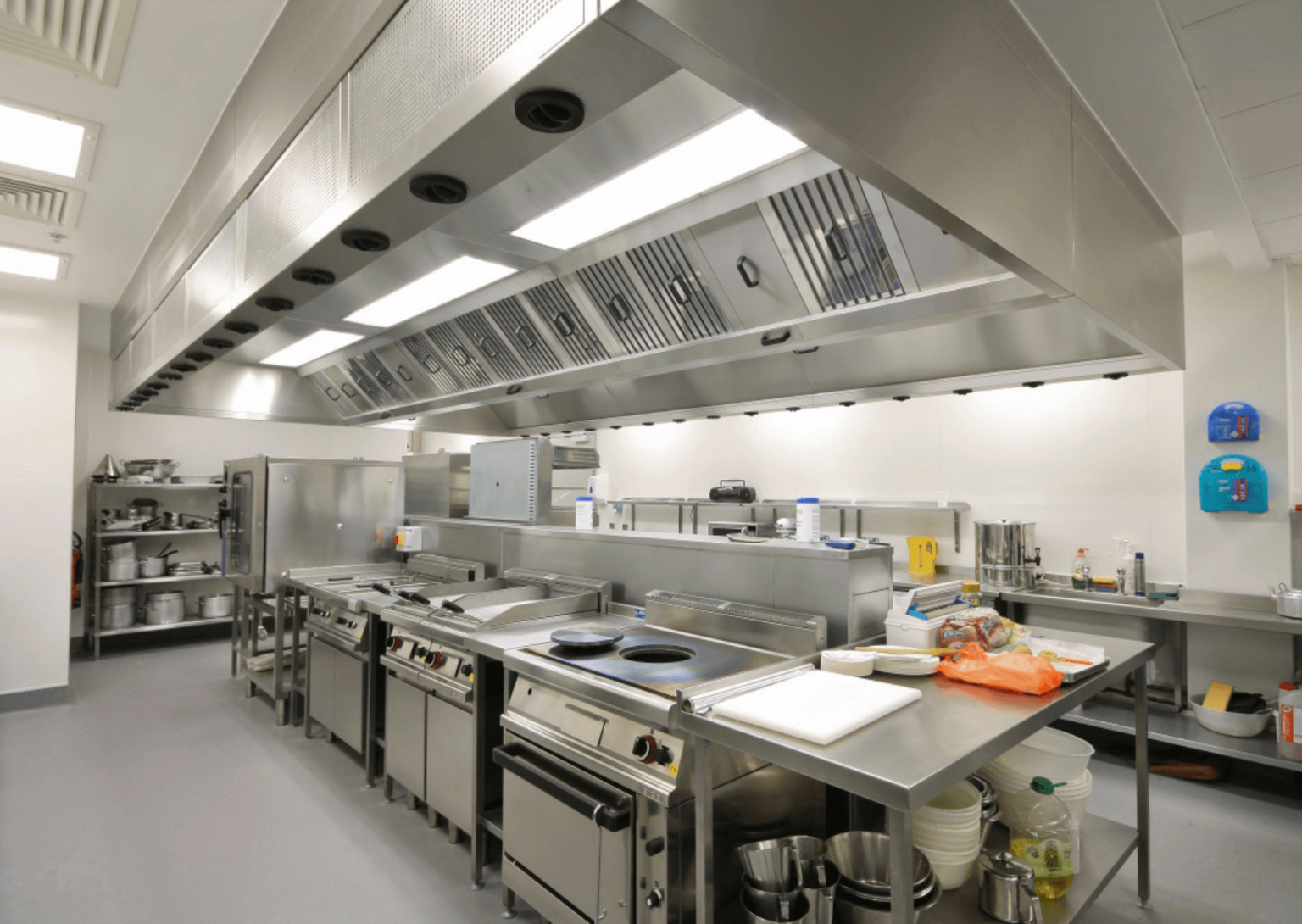 As a business owner, it is important to plan for the future and consider the potential growth of your restaurant.
A well-designed commercial kitchen should have the ability to adapt and expand as your business grows.
This may include leaving space for additional equipment, having versatile workstations, and ensuring that the layout can accommodate an increase in staff and customers.
By incorporating flexibility into the design process, you can save time and money in the long run and avoid the need for major renovations down the line.
As a business owner, it is important to plan for the future and consider the potential growth of your restaurant.
A well-designed commercial kitchen should have the ability to adapt and expand as your business grows.
This may include leaving space for additional equipment, having versatile workstations, and ensuring that the layout can accommodate an increase in staff and customers.
By incorporating flexibility into the design process, you can save time and money in the long run and avoid the need for major renovations down the line.
Functionality and Aesthetics
 Last but not least, a successful commercial kitchen design should strike a balance between functionality and aesthetics. While it is important to prioritize efficiency and compliance,
the design should also be visually appealing and in line with your brand and overall restaurant theme.
This can improve the overall dining experience for your customers and create a positive impression of your business.
From the choice of materials and colors to the layout and design elements, every aspect should be carefully considered to achieve a functional and visually appealing kitchen.
In conclusion, the commercial kitchen design process involves a careful consideration of various factors such as efficiency, compliance, flexibility, and aesthetics. By prioritizing these elements, you can create a well-designed kitchen that not only improves the efficiency of your operations but also enhances the overall dining experience for your customers. With the help of a professional designer, you can ensure that your commercial kitchen meets all necessary regulations and is tailored to the specific needs and goals of your business.
Last but not least, a successful commercial kitchen design should strike a balance between functionality and aesthetics. While it is important to prioritize efficiency and compliance,
the design should also be visually appealing and in line with your brand and overall restaurant theme.
This can improve the overall dining experience for your customers and create a positive impression of your business.
From the choice of materials and colors to the layout and design elements, every aspect should be carefully considered to achieve a functional and visually appealing kitchen.
In conclusion, the commercial kitchen design process involves a careful consideration of various factors such as efficiency, compliance, flexibility, and aesthetics. By prioritizing these elements, you can create a well-designed kitchen that not only improves the efficiency of your operations but also enhances the overall dining experience for your customers. With the help of a professional designer, you can ensure that your commercial kitchen meets all necessary regulations and is tailored to the specific needs and goals of your business.




